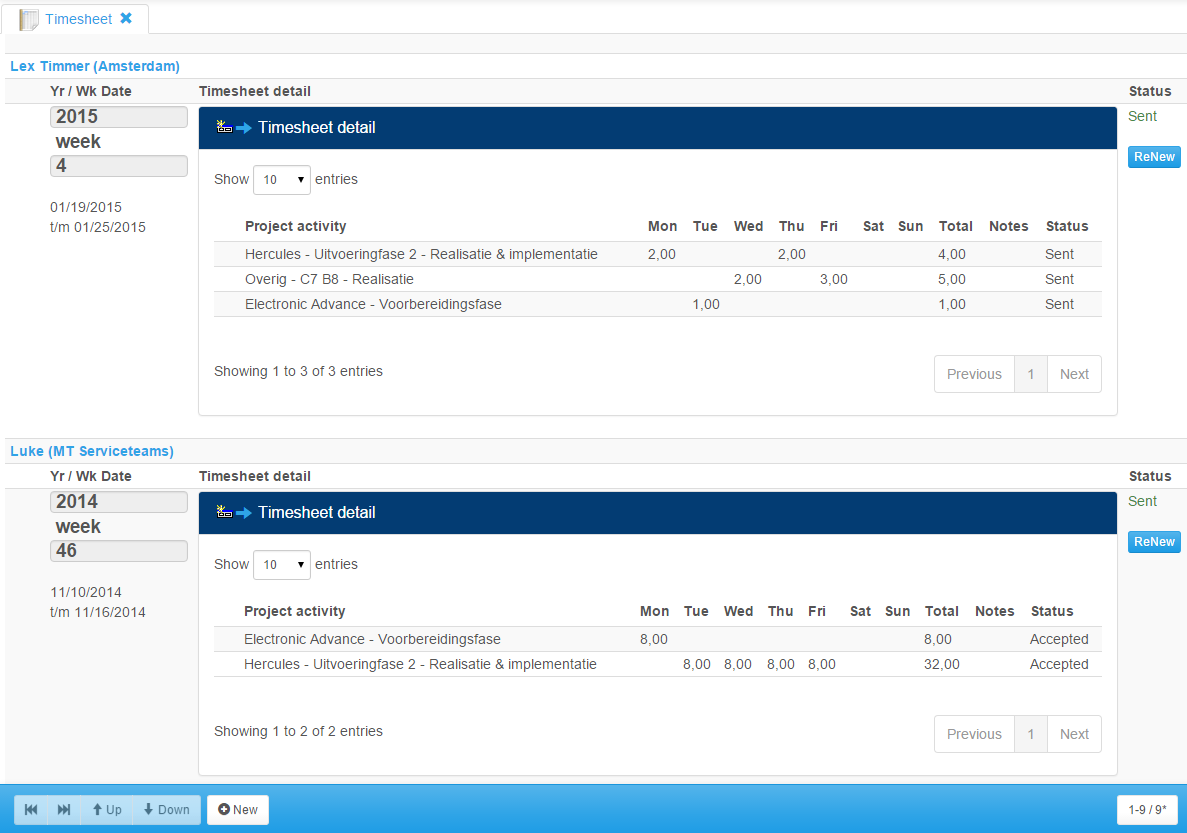This system is used in very complex organizations.
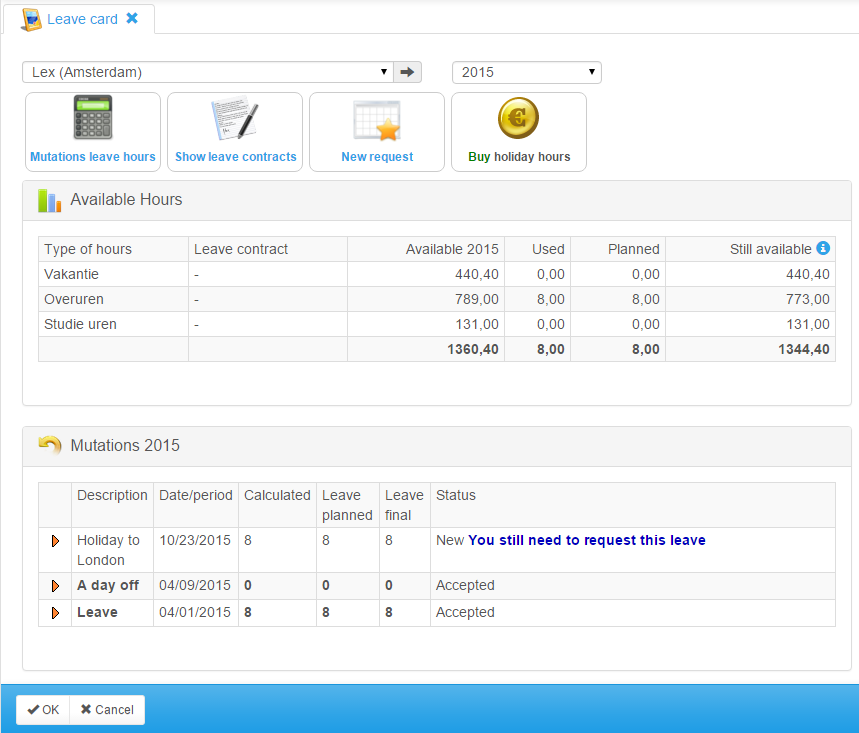
It can be used as your own business application.
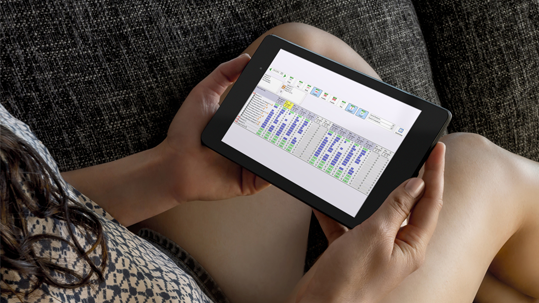
A planner with a Timesheet to prevent understaffing
Let’s see a simple example: Your department has 5 employees and you always want at least 2 employees to be working.
Now, a more complex example: You run a call centre department with many flexible staff, where some employees are working only in the morning and others are working during the evening. The planner overview alerts you of any understaffing and it can also advise you on whom to plan in order to solve the understaffing.
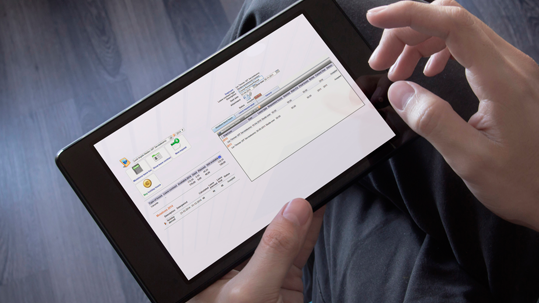
A leave card with automatic calculations
Employees have different schedules, and these schedules can also differ by employee and week. The leave card system has the working hours of all the employees and it can therefore automatically calculate the leave hours per leave request.
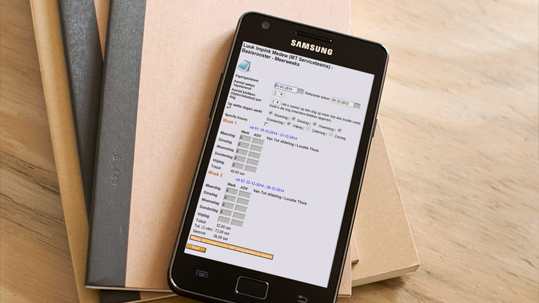
A Project Template and Timesheet
By means of this system, employees are able to book hours on different projects and activities on a weekly basis and the project manager can approve these hours; as a result, a weekly timesheet is pre-filled with the planned hours. You can also issue and export reports that provide a great insight on the project costs.
Security-checked application
A major bank has checked its security and approved it
A single sign on cloud software
One of the top 3 banks in The Netherlands has been using the Personnel Planner for years now.
Traceability
We are talking about leave hours, but it actually translates into money. All the changes made are logged and can be viewed if required.
Turn features on or off
You can turn features or modules on or off. For instance, you do not have to use the project timesheet templates, or you can also turn this feature off by employee.
We love it complex
Employee working schedules can be complex, and it becomes even more complex when combined with multiple requirement rules for understaffing. The system can provide the planner with alternatives if needed.
All leave-hour totals are listed and up to date
The leave card provides you information about all the types of hours that your company uses: holidays, overtime, study hours or any other type.
 English
English  Nederlands
Nederlands 







